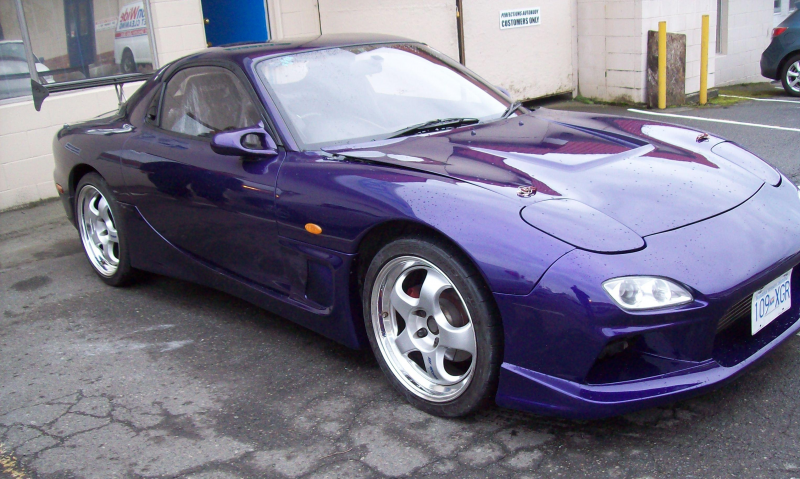Car maintenance tasks are too numerous and too important to rely on memory. So people make a car maintenance checklist to streamline the car upkeep. A car maintenance checklist is an easy way to keep you on track in regards to your car maintenance schedule and get the best service for your vehicle. Modern computer-controlled engine management systems and high-tech engines mean days of DIY car repairs are long gone for most of us. However, the basics of keeping a car in good running order haven’t changed much in decades. The same basic car maintenance checklist still applies. Following the checklist and maintaining a good car maintenance schedule can optimize the value of your car. It is also an important aspect of car safety and can also cut your chances of having an expensive breakdown or a fine for committing a traffic offence.
The maintenance checklist should be simple to follow, easy to update in helping you with following your maintenance schedule. When considering it, there are many options with today’s technology. You should consider all of them and select one that works best for you.
Basically, your checklist should include 10 entries or aspects, they are fuel filter, power-steering fluid, battery, air filter, automatic trans fluid &filter, spark plugs, engine belts and timing belts, coolant, tires and brakes.
Next, we’ll offer some information about these 10 crucial car parts or components.
Fuel filters are made to prevent impurities from clogging the fuel injectors. If yours is a fuel-injected car, the fuel filter is somewhat in a constant work when your ignition is on and the fuel pump is active. So, over time, replacement is necessary and essential for an engine to work properly and efficiently. Fuel filters are recommended to replace every 2 years or 24,000 miles, whichever comes first.
The powering-steering fluid lubricates the system and keeps the steering feel consistent. It reduces the friction among the components and thus makes the whole system operate more smoothly. Overlooking your powering-steering fluid can lead to expensive repair. It is suggested to inspect the level with every engine-oil change, top off as needed.
You depend on your battery for everything from starting to safe lighting, though you keep your terminals clean and your charging system works fine, you’ll eventually need to replace the battery. Specialists advise a typical replacement of 48 to 60 months or as needed.
Take air filter as the lung of your engine. It helps keep the air for the engine and airflow sensor free of contaminates. So, with time going on, it is natural for the air filter to have build-ups in and thus get clogged. A clogged air filter can greatly affect the performance of an engine and even lead to more serious problems. The accepted replacement interval is 12 months, 12,000 miles or as needed.
The fifth entry-automatic trans fluid & filter-applies to cars with conventional automatic or clutchless gearboxes. It has the same function and importance to the transmission as oil to the engine. Neglecting it will lead to the same consequences: expensive repair. The suggestion is to check the fluid periodically and replace it every 2 years or 24,000 miles (whichever comes first) along with the filter.
Spark plugs works by firing up the mixture of air and fuel in each cylinder. A broken spark plug could lead to poor mileage performance and fail in the emission test. The suggested replacement interval is every 30,000 to 100,000 miles.
Engine belts keep components like your alternator and water pump active while timing belts keeps valves from bashing into pistons. When either belt fails, it could lead to engine damage and thus an expensive repair bill comes with it. It is acknowledged that the engine belts should be replaced every 3 years or 36,000 miles and the timing belts 60,000 to 90,000 miles.
Coolant has multiple tasks. It works as antifreeze, coolant and guards against corrosion in the cooling system. So, it plays a very important role in the proper operation of the system. Check its level regularly and change it every 2 years or 24,000 miles is proposed.
Tires hold the whole body weight of your car and they are the only contact between your car and the road. They are very important to our safety. Tire tread depth is a telling sign of tire wear. Generally, you are asked to replace your tire if it is at the minimum safe tread depth or has been used for 6 to 10 years.
The last on the list is brake. Brake is also a crucial part for safety, especially when it rains or snows. Of all the 10 items on our car-part replacement calendar, with the possible exception of tires, no failure is potentially lethal except that of brakes. Check the brake fluid level and change it every so often (every 2 years or 24,000 miles as suggested). In addition, pay attention to the thickness of the brake-pad.

What should be included in a maintenance checklist?
by
Tags:

Leave a Reply